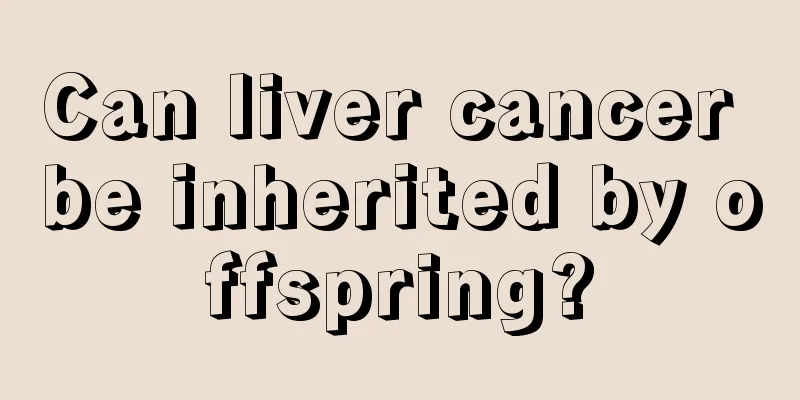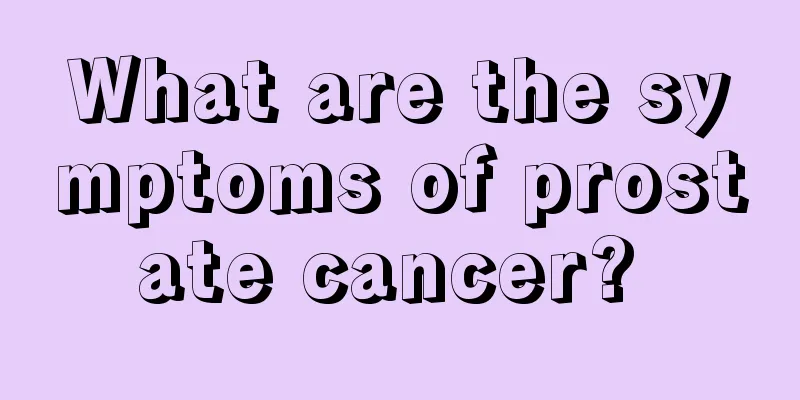What is the blood circulation process throughout the body?

|
The blood in the body is constantly flowing, providing the body with oxygen and nutrients, which makes the body healthier. However, some people are not very clear about how the blood circulates in the body, but they are very interested and want to learn more. So the editor shares the blood circulation process throughout the body below, hoping to be helpful to those who are interested. Systemic circulation (macrocirculation): When the ventricles contract, fresh blood (arterial blood) containing oxygen and nutrients flows from the left ventricle into the aorta, and then along the arterial branches at all levels to reach the capillaries throughout the body. Here, the blood exchanges substances with the surrounding cells and tissues. The nutrients and oxygen in the blood are absorbed by the cells and tissues, and their metabolic products and carbon dioxide enter the blood. The blood changes from bright red arterial blood to dark red venous blood. It then flows through veins at all levels and finally returns to the right atrium through the superior and inferior vena cava. The main characteristics of systemic circulation are: long distance, wide range of flow, nourishing all parts of the body with arterial blood, and transporting its metabolic products back to the heart. Pulmonary circulation (small circulation): venous blood returning to the heart from the systemic circulation enters the right ventricle from the right atrium. When the ventricle contracts, blood is ejected from the right ventricle, enters the lungs through the pulmonary artery, and then enters the capillary network around the alveoli through the branches of the pulmonary artery. Through the capillary walls and the extremely thin alveolar walls, the blood exchanges gases with the air in the alveoli, expelling carbon dioxide and inhaling fresh oxygen, turning venous blood into oxygen-rich arterial blood, which then leaves the lungs through the pulmonary veins and is injected into the left atrium. Blood flows from the left atrium into the left ventricle. The characteristics of pulmonary circulation are: short distance, passing only through the lungs, and its main function is to convert venous blood into oxygen-rich arterial blood. There are mainly two types of blood circulation in the body. One is the systemic circulation, also known as the large circulation, in which arterial blood circulates to nourish various parts of the body. There is also the pulmonary circulation, which is the small circulation, which is the circulation of venous blood. Its main function is to convert venous blood into arterial blood and then participate in the systemic circulation. These cycles are in motion all the time, which can make the body healthier. |
<<: Can chrysanthemum tea help you sober up?
>>: What are the basic requirements for sports training?
Recommend
When is the best time for pregnant women to supplement calcium, iron and zinc?
During pregnancy, especially in the middle and la...
What should be paid attention to in minimally invasive targeted interventional treatment of liver cancer? Two points should be paid attention to in minimally invasive targeted interventional treatment of liver cancer
Minimally invasive interventional (targeted) ther...
Is it normal for the leucorrhea to change during egg discharge?
Leucorrhea will undergo corresponding changes in ...
Is eye swelling a sign of kidney disease? Causes of swollen eyes
Some people have swollen eyes when they wake up i...
What are the side effects of fascia suspension surgery
Fascial suspension is actually a way to remove wr...
Is Chinese medicine useful for treating lung cancer? It cannot completely cure the disease
Lung cancer is a very common disease. This diseas...
Is domestic silicone rhinoplasty good?
Silicone rhinoplasty is the most common rhinoplas...
What are the symptoms of bone cancer?
Bone cancer is a serious malignant tumor of the s...
Mouth ulcer is very painful
Generally, it is easy to get oral ulcers when you...
What are the symptoms of blue eyelash syndrome?
Blue eyelash syndrome is actually a relatively co...
Although massage techniques are effective, these groups of people should use them with caution!
Tui Na is a very popular massage method nowadays....
What foods can patients with primary liver cancer eat? Diet therapy and health care methods for primary liver cancer
Regarding cancer diseases, we still cannot simply...
What are some tips for having blood drawn without pain?
Everyone has had the experience of having blood d...
Can alum be eaten?
Alum is a product that seems to have no effect, b...
Glucose supplement or something
Many people are familiar with Glucosamine, but no...









